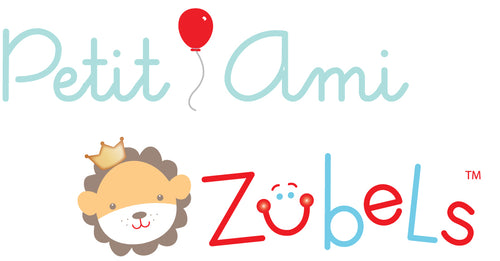
why baby teethers are so good
Indeed, baby teethers serve an essential role in soothing infants during the teething process, which can be uncomfortable and painful for them. When selecting baby teethers, it's crucial to consider factors like safety, material, and design. Here are some characteristics of good baby teethers:
-
Safety: The teether should meet safety standards and be free from harmful chemicals. Look for products that are BPA-free, phthalate-free, PVC-free, and lead-free. It should also be durable and designed to minimize the risk of choking hazards.
-
Material: Opt for teethers made from safe materials such as food-grade silicone, natural rubber, or untreated wood. These materials are non-toxic and gentle on a baby's gums. Silicone and rubber teethers are often easy to clean and can be chilled for additional soothing relief.
-
Texture: A good teether should have different textures to provide various sensations for babies' gums. Some babies prefer softer textures, while others may enjoy firmer ones. Textured surfaces can help massage sore gums and provide comfort during teething.
-
Design: Choose teethers with designs that are easy for babies to grasp and hold onto. Shapes like rings, keys, or animal figures with multiple gripping points are popular choices. Teethers with built-in handles or loops are convenient for attaching to pacifier clips or stroller straps.
-
Multi-functional: Some baby teethers come with additional features, such as built-in rattles, crinkly fabrics, or sensory elements like bright colors and patterns. These extra features can engage babies' senses and provide entertainment while soothing their gums.
-
Ease of Cleaning: Look for teethers that are easy to clean and maintain hygiene standards. Dishwasher-safe or boilable teethers can simplify the cleaning process and ensure that the teether remains free from bacteria and germs.
-
Recommendations: Consider recommendations from pediatricians, other parents, or trusted baby product reviews when selecting a teether. Feedback from those who have used the product can provide valuable insights into its effectiveness and safety.
Ultimately, the best baby teether is one that soothes your baby's teething discomfort effectively while prioritizing safety and quality. By considering these factors, you can find a teether that both you and your baby will love.



